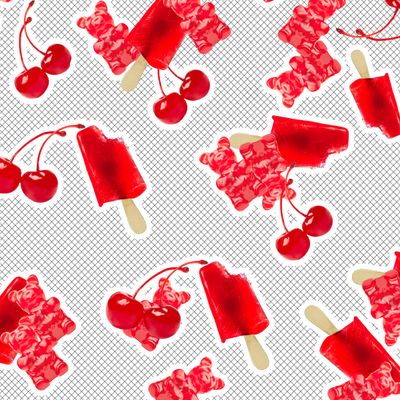
On Wednesday, the FDA banned Red No. 3 dye, also known as erythrosine, from food, drinks, and ingested drugs, more than three decades after a study linked it to cancer in rats.
Though color additives have become a popular rallying cry for toxin-wary Make America Healthy Again crusaders, concern about Red No. 3 is not new. The FDA’s ban is the result of a petition filed in 2022 by two dozen food safety and health advocates, some of whom have been calling for its removal since a 1990 study found tumors in male rats that were exposed to high doses of the synthetic dye. After that study, the FDA declined to authorize Red 3’s use in cosmetics and externally applied drugs, but never reversed its permanent approval in food and ingested drugs, even after another study in 2012 supported the theory that it causes cancer in animals. A press release on the FDA’s website announcing the ban noted that “the way that FD&C Red No. 3 causes cancer in male rats does not occur in humans.”
In 2021, a study released by the California Office of Environmental Health Hazard Assessment suggested red dye No. 3 could also make children vulnerable to behavioral issues like decreased attention. California passed a bill outlawing the dye last year, and it’s already banned or severely restricted overseas, including in Australia, Japan, and countries in the E.U.
According to the Center for Science in the Public Interest, Red 3 appears in 9,200 foods in the U.S. It most often pops up in the ingredients of colorful candies like Conversation Hearts and Candy Corn, strawberry-flavored frozen desserts, brightly colored drinks, and maraschino cherries, but is also sometimes used in mashed potatoes and yellow rice. Per CNN, some brands have started phasing out its usage in recent years, including the candy company Ferrara and the company that makes Peeps. Oral medications, including acetaminophen, fluoxetine, gabapentin, and andomeprazole, may also use Red 3.
Or, they can for a few more years. Manufacturers have until 2027 to reformulate their products without Red No. 3, and non-food companies that make ingested drugs, like dietary supplements, have an extra year. In other words, it’ll be a while until maraschino cherries start looking different.


